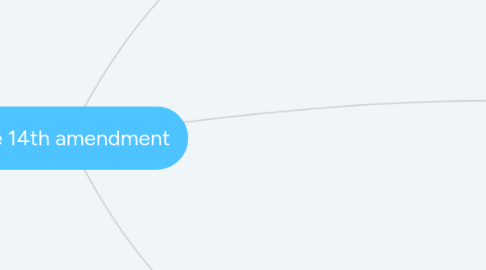
1. Origins
1.1. Jim crow laws
1.1.1. Laws passed to make racial segregation legal. Existed primarily in southern states from late 1870s to the 1960s.
1.2. Black codes
1.2.1. Laws passed at the end of the civil war in confederate states. Meant to limit the rights of newly freed African Americans
1.3. Emancipation proclamation
1.3.1. A statement issued by president Lincoln stating that all enslaved people in the southern states were free
2. Court cases
2.1. Dread Scott v. Sandford
2.1.1. SC ruled that he had no right to sue because he was descended from African American slaves therefor he was not a citizen
2.2. Plessy v. Ferguson
2.2.1. Ruled that segregated schools did not violate the 14th amendment. As long as they were " separate but equal "
2.2.2. Brown v. Board of education
2.2.2.1. 1954 court case over turned plessy v. Ferguson. The justices rejected that argument saying " separate educational facilities are inhertenly unequal "
3. Modern effects
3.1. Same sex marriage
3.1.1. In July 2015 Supreme Court ruled that laws against same sex marriage were unconstitutional, the ruling was based on the equal protections clause of the 14th amendment
3.2. LGBT rights
3.3. Racial profiling
3.3.1. Discrimination by law enforcement based on a persons skin color or ethnicity. Some examples of this would be after the 9/11 attacks, muslims received greater discrimination.

